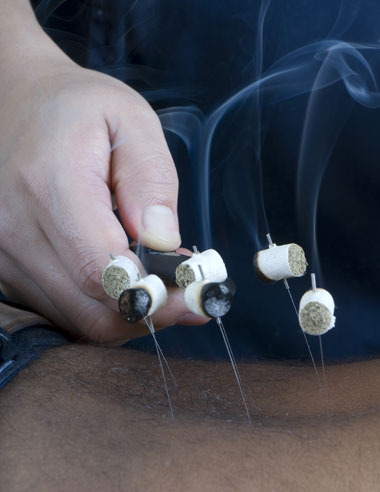On your first visit a detailed medical history is taken, followed by pulse diagnosis, physical examination, including the chest, abdomen, skin and tongue. The quality, rhythm and strength of your pulses will be checked, and the colour, structure and coating of your tongue will be noted. This information will allow acupuncturists to make a diagnosis and decide upon treatment.
Your practitioner will explain to you your condition and treatment schedule. During treatment the needles may be left in for 10 to 30 minutes depending on the desired effect and sometimes used with moxibustion, which is burning herbs (primarily Mugwort) near acupoints, to hasten healing. As the needle is inserted, one may experience sensation such as tingling or pins and needles, feeling numbness or nothing at all. Most find the sessions relaxing, and many fall asleep during or immediately after treatment.
The needles used are extremely fine. They are sterile, single use and made of high quality stainless steel.
The diagnostic process of Chinese Medicine involves four areas, known as the Four Examinations. These are:
Treatments aim to adjust and restore the Yin/Yang balance, and may incorporate one or more therapies, including:
